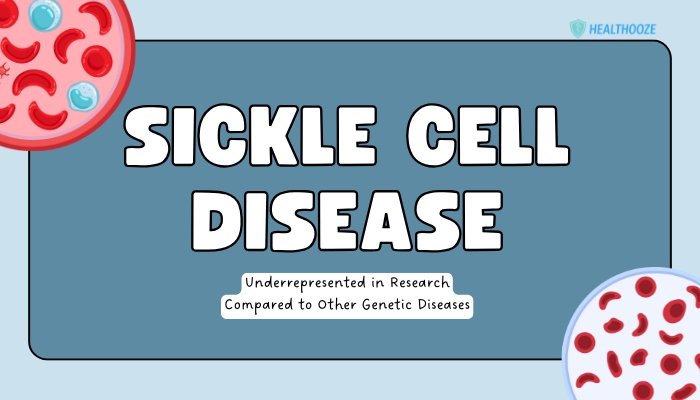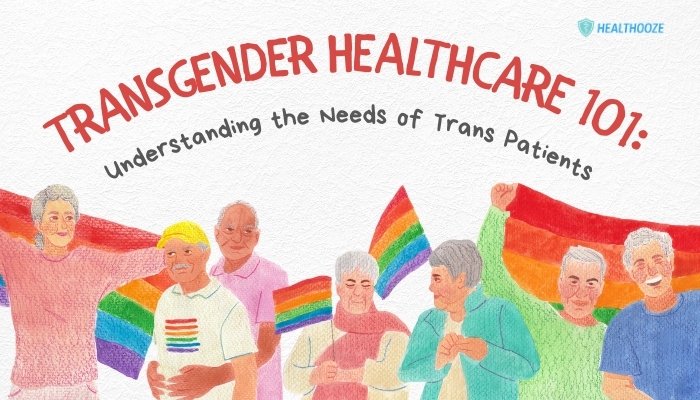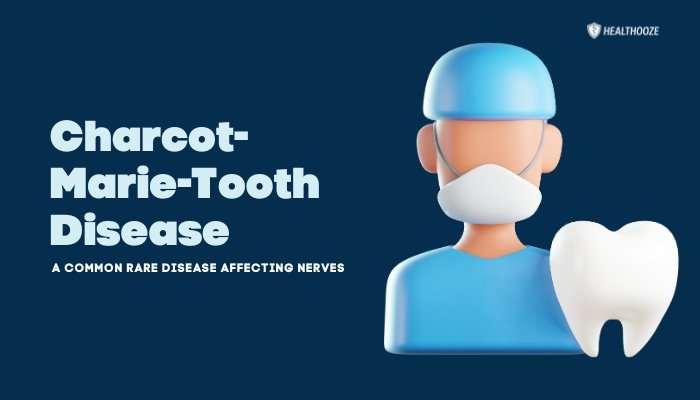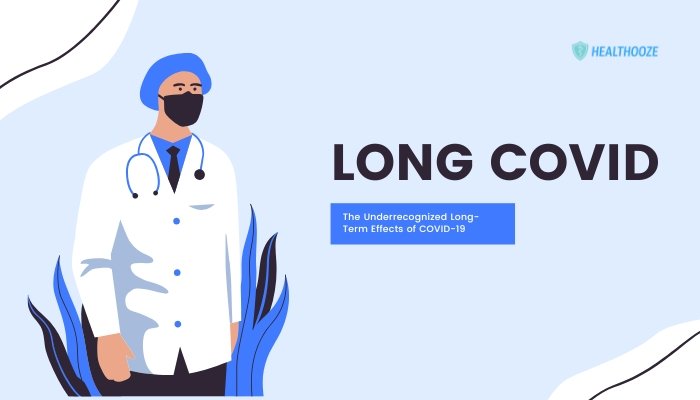Introduction
Sickle cell disease (SCD) is one of the most prevalent hereditary blood disorders worldwide, affecting millions of people across Africa, the Middle East, India, the Caribbean, and other regions. Yet, despite being more common globally than many other genetic diseases, SCD remains significantly underrepresented in research funding, drug development, and public awareness efforts.
This disparity means that while individuals with SCD contend with debilitating pain crises, organ damage, and a shortened life expectancy, the level of support and innovation dedicated to alleviating their challenges often lags behind more recognized rare diseases.
In this article, we examine the key features of sickle cell disease, explore why it is overlooked in research compared to other genetic conditions, and highlight potential paths for progress. By drawing attention to these inequalities, we can spark dialogue around better advocacy, resource allocation, and improved treatments for a disease that profoundly affects many marginalized communities.
Understanding Sickle Cell Disease
Genetic Basis
SCD results from mutations in the HBB gene, which directs the production of beta-globin, a component of hemoglobin. The mutation replaces the amino acid glutamic acid with valine, forming hemoglobin S (HbS) instead of normal hemoglobin A (HbA). Under low-oxygen conditions, HbS molecules polymerize, distorting red blood cells into a characteristic “sickle” shape. These sickled cells tend to clump together, blocking small blood vessels.
Types of Sickle Cell Disorders
- HbSS (Sickle Cell Anemia): Caused by inheriting the HbS gene from both parents. This form is typically the most severe.
- HbSC Disease: One S gene and one C gene lead to milder but still significant complications.
- HbS Beta-Thalassemia: Involves one S gene and one gene for beta-thalassemia; severity varies based on the thalassemia mutation.
- Other Variants: Rarer combinations (like HbSD, HbSE) yield distinctive clinical features but share underlying sickling phenomena.
Core Symptoms and Complications
- Pain Crises: Episodic, sometimes excruciating pain arises when sickled cells obstruct blood flow (vaso-occlusive crises).
- Anemia: Chronic hemolysis of sickle cells shortens their lifespan, leading to low hemoglobin counts, fatigue, and jaundice.
- Organ Damage: Kidney, liver, spleen, heart, and brain can suffer from repeated ischemic injuries. Strokes and acute chest syndrome are serious risks.
- Infections: Immune system compromise, especially in the spleen, makes patients more susceptible to bacterial infections.
The Research Disparity: Why Is SCD Underfunded?
Despite SCD’s prevalence—global estimates suggest it affects over 4 million people—investment in therapies and potential cures often pales in comparison to other genetic conditions:
Historical Bias and Socioeconomic Factors
Historically, many patients with SCD belong to low-income regions or minority communities within wealthier nations. Limited economic clout and systemic racism have led to lower prioritization in medical research agendas and philanthropic campaigns, creating a cycle where essential breakthroughs lag behind.
Comparisons with Rarer Genetic Disorders
While some genetic diseases with smaller patient populations (e.g., cystic fibrosis, certain muscular dystrophies) attract strong philanthropic backing and research attention, SCD’s overshadowing may stem from:
- Public Misconceptions: SCD not always recognized as a “neat singular cause,” overshadowed by broader disparities in healthcare for African or African-descended populations, for example.
- Institutional Gaps: Leading universities or pharma companies historically put more resources into diseases that affect mainstream or wealthier populations.
Funding and Collaboration Gaps
- Pharmaceutical Reluctance: Developing new drugs for populations with lower economic advantage or in lower-income countries is less financially attractive.
- Fragmented Advocacy: While patient-led nonprofits exist, lacking consolidated lobbying power globally can hamper cohesive progress.
Current Approaches to SCD Management
Symptomatic Control
- Pain Management: Patients often rely on NSAIDs or opioids. Access to adequate pain relief remains challenging in some regions due to prescription regulations or biases about opioid use.
- Hydroxyurea: This medication raises fetal hemoglobin (HbF) levels, reducing sickling and vasocclusive crises, effectively lowering hospitalization rates.
- Blood Transfusions: Regular transfusions can maintain a higher proportion of normal hemoglobin, staving off complications like stroke. However, iron overload risk necessitates chelation therapy.
Curative Strategies
- Hematopoietic Stem Cell Transplant (HSCT)
- Allogeneic Transplants: Replacing the patient’s abnormal cells with healthy donor stem cells. This can be curative but is limited by donor availability, transplant risks (graft vs. host disease), and cost.
- Gene Therapy
- Researchers investigate genetic modifications of patient’s own hematopoietic stem cells to produce functional beta-globin. Early trials show promise, but widespread availability is years away.
- Gene Editing (CRISPR/Cas9)
- Editing or silencing disease-causing mutations is a cutting-edge area. Pilot studies have demonstrated success in small cohorts, fueling optimism that this technology might eventually become more mainstream.
Specialized Care and Multidisciplinary Clinics
Many advanced hospitals run SCD comprehensive care centers, blending hematology, cardiology, nephrology, and mental health services. Such integration aims to preempt or promptly treat complications like acute chest syndrome, stroke, or pulmonary hypertension. Enhanced coordination can notably improve life expectancy and day-to-day well-being.
Patient Perspectives and Social Barriers
Quality of Life Challenges
- Frequent Hospitalizations: Chronic pain crises result in ER visits, school or work absences, and ongoing emotional distress.
- Fatigue and Limitations: Low hemoglobin leaves some patients with low energy levels, curbing normal activities.
- Mental Health: The unpredictability of crises, coupled with negative stereotypes about “drug-seeking behavior,” fosters anxiety or depression.
Racial and Cultural Dimensions
- Stigma and Medical Racism: Some medical professionals may discount pain reports, leading to suboptimal pain management or accusations of drug-seeking in certain minority communities.
- Awareness Gaps: In predominantly White regions, SCD might be overlooked as “less relevant,” aggravating late diagnoses or inadequate standard-of-care knowledge.
Importance of Community and Family Support
Close friends, family members, or dedicated patient groups play critical roles. Offerings include home-care help, emotional reinforcement, or shared advocacy for better insurance coverage and policy reform. Online networks connect geographically diverse patients, bridging best-practice info and emotional solidarity.
Bright Spots: Recent Advances and Future Prospects
Gene Therapy
Ongoing clinical trials using lentiviral vectors or gene-editing tools to correct or bypass the mutation have shown encouraging outcomes, with some patients significantly reducing or ending vaso-occlusive crises. Fine-tuning safety, cost, and scalability remains a priority for widespread usage.
Innovative Drugs
- Voxelotor: Approved to reduce sickling by increasing the oxygen affinity of hemoglobin, decreasing hemolysis.
- Crizanlizumab: A monoclonal antibody targeting P-selectin to minimize cell adhesion, thereby cutting the frequency of pain crises.
Global Collaborations
Greater cross-border partnerships help unify data, from genetic studies in sub-Saharan Africa to philanthropic funding for advanced therapies in developed nations. The trajectory indicates a more cooperative approach across continents, stepping away from the historical overshadowing of SCD.
Bridging the Gaps
Strengthening Research and Funding
- Equitable Allocation: Encouraging philanthropic foundations and governmental agencies to streamline resources toward SCD, not overshadowing it with better-known diseases.
- Expanded Trials: Ensuring diverse representation in all clinical research to capture how different genetic backgrounds shape disease progression or therapy response.
Improving Clinical Practices
- Medical Education: Requiring that future doctors learn about SCD thoroughly, including complexities of pain management and cultural sensitivity.
- Early Screening: Universal newborn screening for sickle cell trait or disease fosters earlier interventions, preventing or mitigating severe complications.
Fostering Awareness
- Empowering Patients: Tools and apps enabling crisis tracking, medication reminders, and real-time telehealth consults can reduce disease burdens.
- Global Advocacy: Social media campaigns, World Sickle Cell Day, and philanthropic partnerships amplify the disease’s profile, spurring greater empathy and policy change.
Conclusion
Despite its status as one of the most common genetic disorders globally, sickle cell disease has historically been overshadowed by more publicly recognized conditions. Patients often face medical misconceptions, repeated hospitalizations, and real anxieties about the future. Yet, a changing tide in research—through gene therapy breakthroughs, novel drug approvals, and integrated care models—brings tangible hope.
Addressing this long-standing imbalance in funding, attention, and cultural understanding requires multi-pronged efforts: robust medical training, expanded clinical trials targeting diverse populations, and ongoing public education that resonates across socioeconomically and ethnically diverse communities. By ensuring that SCD is neither neglected nor misunderstood, we can enhance outcomes for millions who deserve the same dignity, resources, and scientific curiosity that other well-known genetic diseases have long enjoyed.
References
-
- Piel FB, Steinberg MH, Rees DC. Sickle cell disease. N Engl J Med. 2017.
-
- Hassell KL. Population estimates of sickle cell disease in the U.S. Am J Prev Med. 2010.
-
- Steinberg MH. Management of sickle cell disease. N Engl J Med. 1999.
-
- Telen MJ. Beyond hydroxyurea: new and old drugs in the pipeline for sickle cell disease. Blood. 2016.
-
- Yang YM, Conroy J, Peng C, et al. Gene editing for sickle cell disease. Curr Opin Hematol. 2020.
-
- Kato GJ, Steinberg MH, Gladwin MT. Intravascular hemolysis and the pathophysiology of sickle cell disease. J Clin Invest. 2017.
-
- CDC. Sickle Cell Disease (SCD) Data & Statistics. 2020.
-
- Ware RE, de Montalembert M, Tshilolo L, Abboud MR. Sickle cell disease. Lancet. 2017.







